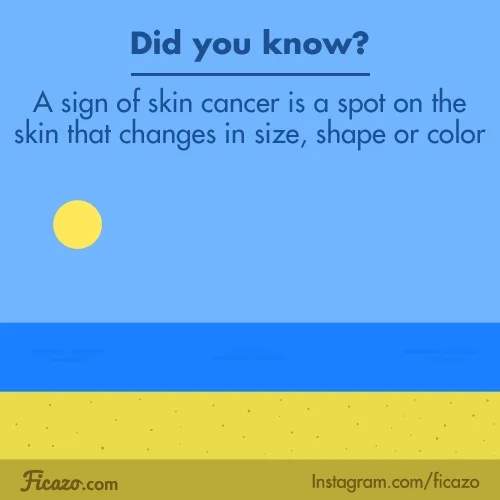
This logo isn't an ad or affiliate link. It's an organization that shares in our mission, and empowered the authors to share their insights in Byte form.
Rumie vets Bytes for compliance with our
Standards.
The organization is responsible for the completeness and reliability of the content.
Learn more
about how Rumie works with partners.
Ever had a day at the beach that turned into a total bummer? Picture this: You're sunbathing, minding your own business, when suddenly, bam! Sunburn! Now, you're left wondering, "Why is the sun so far away, and yet it can still burn me?"

And then, seeking refuge from the scorch, you spot a can of pop. But, oh no! It's like touching a hot stove — instant burn. So, you grab your cooler, stash the sizzling can, and finally find comfort under an umbrella.
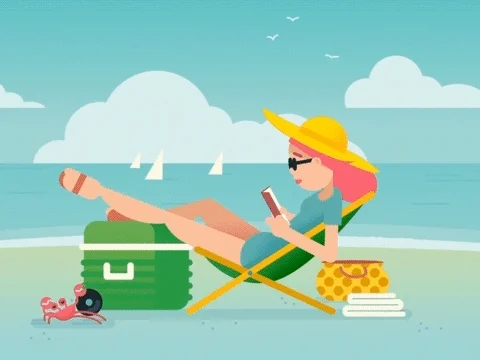
All seems chill until the mild sea breeze cranks up, turning peaceful vibes into a wild wind. People are running, and you're left bewildered — what's the deal?
This beach trip is a reminder of the power of thermal energy transfer. It's a scientific concept that will help you better understand why things heat up.
1. Radiation...that sunburn is awful!!!
Let's begin with that giant ball of fire in the sky — the sun.
When you bask in its warmth, it feels nice, right? But, be careful — soaking up too much heat from the sun can lead to a sunburn.
Now, you were wondering, how did that heat from the sun travel all the way to where you're chilling?
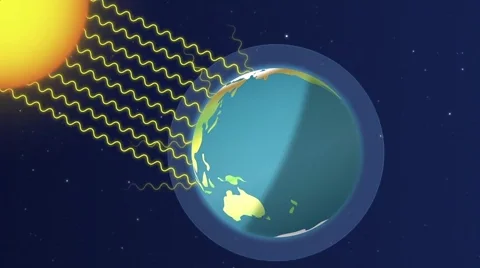
The answer is radiation!
We all know that the sun is hot, and that heat from the sun is transformed into a kind of energy called radiation.
Radiation is:
An electromagnetic wave — energy that moves through space in the form of electric and magnetic fields. It can travel through air, water, and even nothingness. Examples include radio waves, microwaves, light, X-rays, etc.
It can travel through the vacuum of space at the speed of light, covering millions and millions of kilometers.
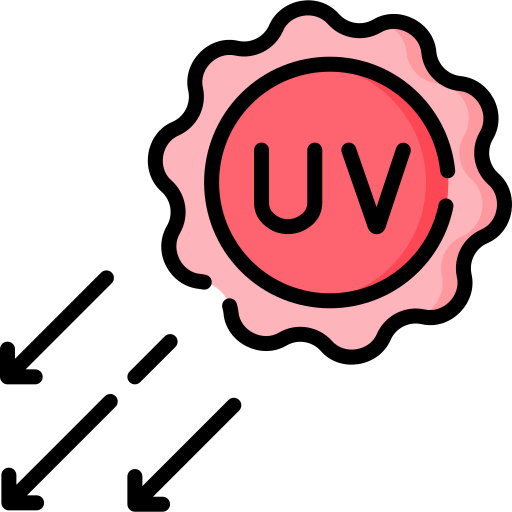
Where else do we find radiation around us?
Take a look around, and you'll notice radiation everywhere, whether on a small or large scale. This natural phenomenon occurs in various forms such as x-rays, radio waves, infrared, visible light, ultraviolet, gamma rays, and even microwaves.
Ever wonder why your cold pasta heats up so quickly in the microwave? That's thanks to microwave radiation.
Humans also emit radiation, though it's at a low energy level, making it challenging to observe. However, you can catch a glimpse of the human body in motion using thermal imaging camera, where the heat emitted becomes visible. It's a fascinating way to see how different types of radiation are part of our everyday experiences.
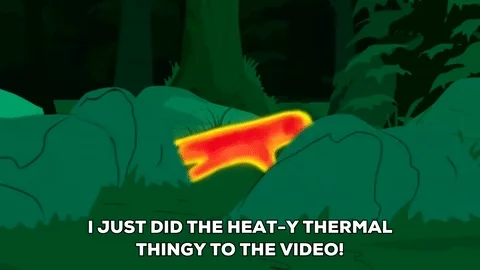
Quiz
You're enjoying a sunny day in the park, sitting on a metal bench. Surprisingly, the bench feels hot, even though it's not in direct sunlight. Why does the metal bench feel warm?
The bench absorbs the sun's radiation. The metal bench absorbs infrared radiation emitted by the sun, causing it to warm up even when not in direct sunlight.
Did you know?
2. Conduction...ow, that's hot!
Now, onto your next encounter. Recall the moment when you grabbed that can of soda that had been outside the freezer for a while. Yes, it surprised you with a burn, but only upon touching it.
How is this different from the warmth of the sun? The magic at play here is another method of heat transfer called conduction.
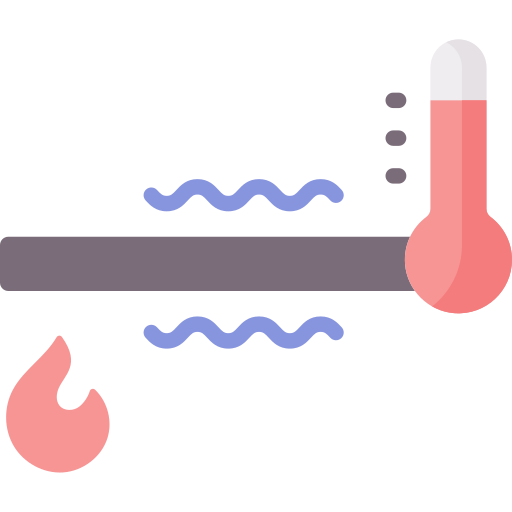
Conduction is:
A process of heat transfer between two objects in direct contact with each other.
The particles within a material gain kinetic energy — energy something has because of it's motion — when exposed to heat, causing them to vibrate.
This thermal energy is then transferred to neighboring particles, creating a domino effect that eventually heats the entire material.
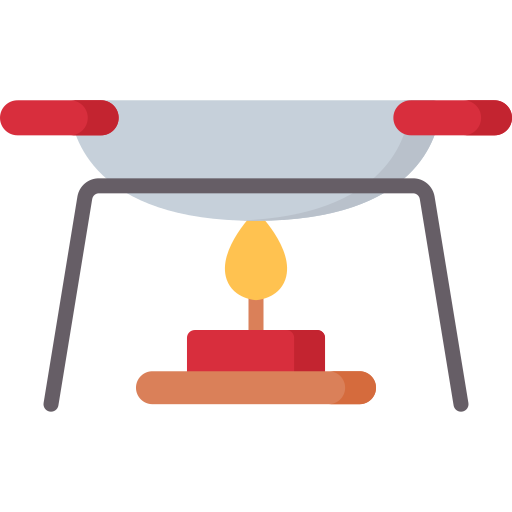
Conduction can occur in solids, liquids, and gases; however, it requires a medium for heat transfer.
Metals, in particular, excel at conduction due to the free movement of electrons within their structure.

Is this why I feel hot when I touch that hot spoon sitting in my soup?
Yes, that's correct! When you place a metal spoon in a hot soup, the heat from the soup is conducted through the metal spoon. As the spoon becomes hotter, it transfers the heat energy to your hand when you touch it.

Hey, it's not just spoons that can feel hot — you're bringing the heat too!

Ever notice how when you hold snow or an ice cube in your hand, it starts to melt?
The snow absorbs the warmth from your hand, causing it to transform from solid to liquid. It's like a mini-melting magic trick happening right in your palm!

Quiz
You just poured a hot beverage into a ceramic mug and noticed that the handle of the mug is cool to the touch even though the liquid inside is steaming hot. This is because ceramic is (select all that apply):
The ceramic handle remains cool because it is a poor conductor of heat or is an insulator, preventing the warmth from the hot liquid inside the mug from efficiently reaching the handle.
Did you know?
Metals are good conductors of heat, while materials like wood, plastic, and Styrofoam are called "insulators" because they're poor conductors. Bakelite, a specialized rubber, is used as handles on hot metal objects to prevent burns during cooking.
3. Convection...wow, where did that strong wind come from?
Now, let's revisit your third beach day — an almost perfect escape until an unexpected powerful gust came roaring in, creating chaos as everything seemed to take flight.
People dashed after their belongings, attempting to secure them amid the strong gale that threatened to disrupt the tranquillity of their day by the sea.
This phenomenon is influenced by convection — another way that heat transfers.
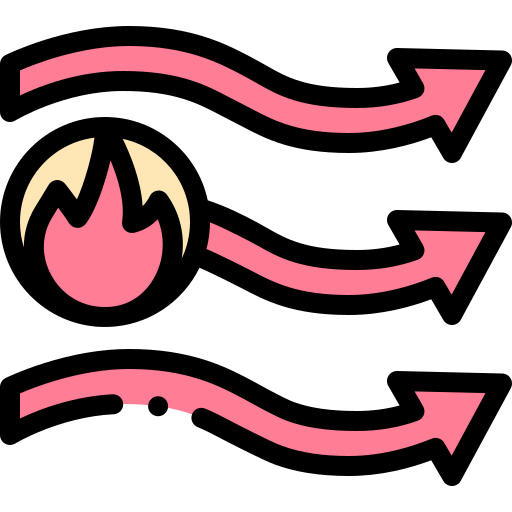
Convection is:
A process that happens when the warmer and less dense particles in a fluid (liquid or gas) rise, while cooler and denser particles sink.
This creates a flow of current, called convection current.
Here are some examples:
Sea Breeze and Land Breeze
The occasional strong breezes and gusts that catch beachgoers by surprise are due to the following:
During the day, the land heats up faster than the sea, causing warmer air to rise over the land.
This rising air creates a lower pressure area, drawing in cooler air from the sea, resulting in a sea breeze.
At night, the land cools down more rapidly than the sea, causing warmer air to rise over the sea.
Cooler air from the land then flows toward the sea, creating a land breeze.
Convection, driven by temperature differences, influences the circulation patterns that give rise to these coastal breezes.
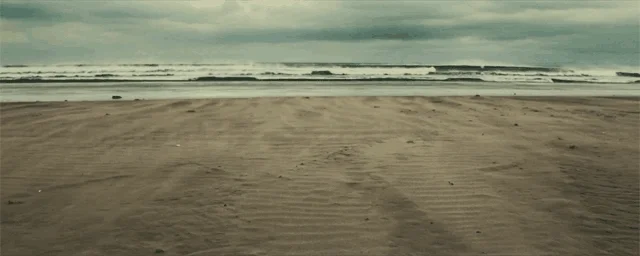
Heating a Pot of Water on a Stove
When the stove is turned on, the bottom of the pot gets hot.
The water near the bottom of the pot also gets heated and becomes less dense.
As a result, the warmer water rises while the cooler, denser water descends.
This creates a convection current in the water, with the heated water ascending and the cooler water descending.
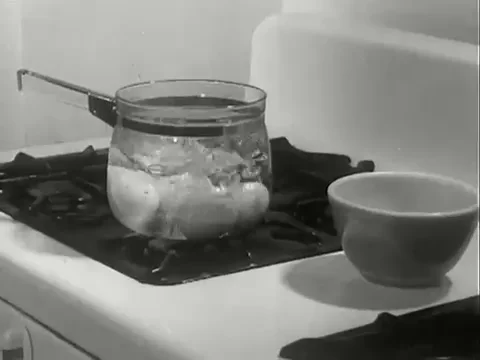
The process continues until the entire pot of water reaches a uniform temperature.
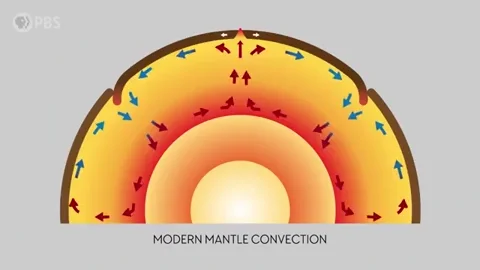
Quiz
After simmering soup on the stove for a while, you notice that the kitchen windows become foggy. This is mainly caused by:
As the soup on the stove heats the air, it rises, creating convection currents that cause condensation on the cooler kitchen windows, making them foggy.
Did you know?
Convection isn't just for air and liquids — it happens in Earth's mantle, too! The movement of molten rock beneath the Earth's surface, driven by heat, creates convection currents that influence geological processes, like plate tectonics. So, convection isn't just heating up your soup — it's also shaping the Earth beneath your feet!
Is this why a room gets warm when we light up the fireplace?
You're absolutely correct!
When you light a fire in the fireplace, the heat causes the air around the flames to become warmer and less dense.
This warm air rises, creating a convection current.
As the warm air ascends, cooler air from the room moves in to replace it.
The cycle of rising warm air and descending cool air forms a convection current that circulates throughout the room, gradually warming the space.
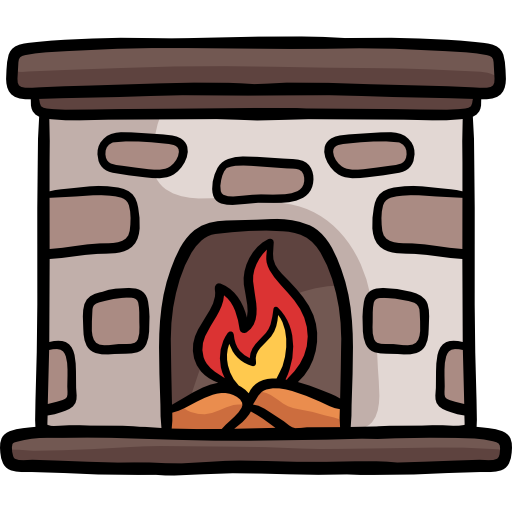
This convection process contributes to the cozy and heated atmosphere generated by a fireplace, keeping you warm and fuzzy!
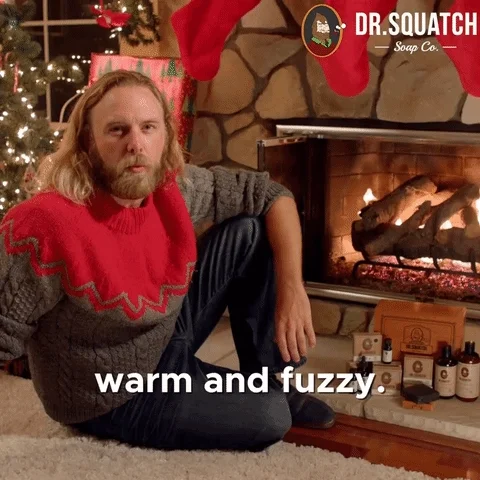
Take Action
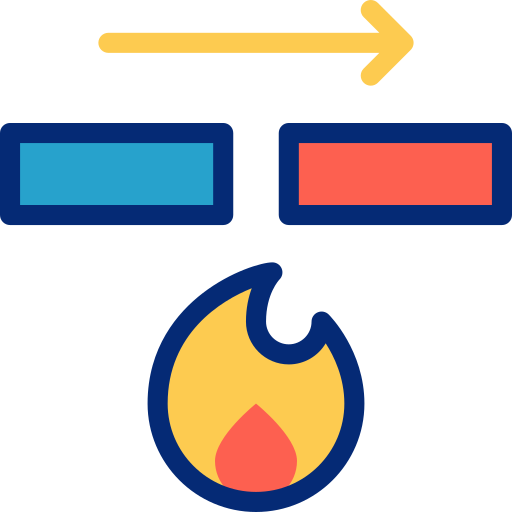
Now that you're familiar with the three ways heat moves in our surroundings, check out a few ways you can exercise caution to avoid injuries and apply this knowledge in your daily activities for more efficient heat management.
This Byte has been authored by
Shagun Sharma
Instructional Designer
